detail profile mykhailo illienko
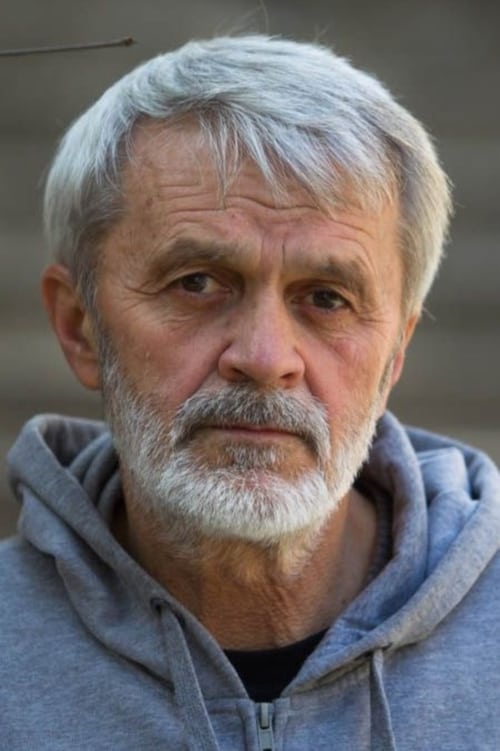
Mykhailo Illienko
Михайло Іллєнко
atau dikenal sebagai
Riwayat Hidup
Mykhailo Herasymovych Illienko (Ukrainian: Миха́йло Гера́симович Іллє́нко; born 29 June 1947)[1] is a Ukrainian film director, screenwriter, and actor.
He is an Academician of the National Academy of Arts of Ukraine (2017), an Honored Artist of Ukraine (2003), and a Laureate of the Oleksandr Dovzhenko State Prize of Ukraine (2007).
Mykhailo Illienko was born on 29 June 1947, in Moscow, Russian SFSR, Soviet Union.
He graduated from the All-Union State Institute of Cinematography in 1970.
Since 1973, he has been a director at the Kyiv Dovzhenko Film Studio.
Since 1997, he has been the organizer of the Open Night Film Festival.
Since 2000, he has been the dean of the film faculty at the Kyiv National I.
K.
Karpenko-Kary Theatre, Cinema and Television University.
He is a member of the National Union of Cinematographers of Ukraine.
From April 2017 to November 2018, he was the Chairman of the Board of the Ukrainian Film Academy.
In March 2022, he joined the Ukrainian Territorial Defense Forces during the Russian invasion of Ukraine.
Info Pribadi
Peran Yang Di Mainkan Mykhailo Illienko
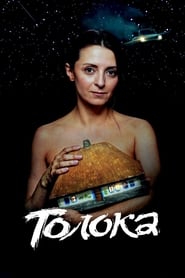 There is a ballad written by...
There is a ballad written by...Toloka 2020
There is a ballad written by Ukrainian poet Taras Shevchenko called “That Catherine's hut is on the hill...". It is about a rescue of Catherine's lover, whom she saves by posing him as her brother. This story, as a parable, flies throughout Ukraine's history and reconstructs its dramatic and heroic episodes. Every challenge, including the Chernobyl accident, leaves Catherine without her home. But she is stubborn, as many generations of Ukrainians, in rebuilding her house out of pieces. The story is not only about Catherine's redemption, but also about Ukraine's survival throughout the centuries that is reflected in a folk tradition called Toloka.
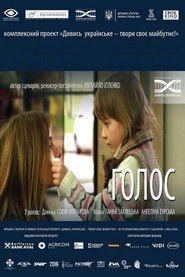 Mom and daughter after shopping in...
Mom and daughter after shopping in...Voice 2017
Mom and daughter after shopping in the supermarket go to the exit and the mother remembers that she forgot to buy buckwheat. While the daughter is waiting for her mother with shopping, she hears a voice that reminds the child that her father is at war and that he loves buckwheat. A girl who doesn't like buckwheat tells her mother that she wants to try it again.
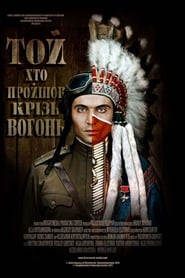 The Hero of the Soviet Union...
The Hero of the Soviet Union...Firecrosser 2012
The Hero of the Soviet Union becomes a GULAG prisoner and then an Indian Chief.
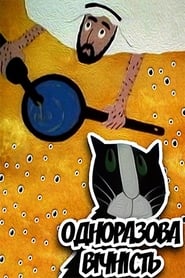 A collection of short stories based...
A collection of short stories based...The Disposable Eternity 2002
A collection of short stories based on real-life situations revealing the characteristic features of some people with humor. Some of the characters are methodically trying to achieve a different result, while making the same action over and over again. It is interesting that someone even does it. Not typical twists of plot lines and brightness of the images supplement the film.
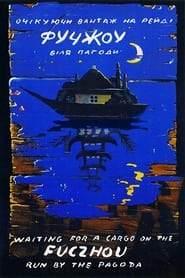 The action is set at the...
The action is set at the...Fuchzhou 1993
The action is set at the start of the twentieth century, between a village by the River Dnyepr and the coast of Florida. While the story has ironic, romantic and sometimes mystic angles, the bitter aspects of emigration from the Ukraine to the United States become clearly visible.
 Sergey meets girls at the sea...
Sergey meets girls at the sea...Lady with a Parrot 1988
Sergey meets girls at the sea that he, allegedly working in a prestigious profession (he is either a pilot, flying abroad, or an employee of Vneshtorg), easily succeeds. He is interested in a woman sitting alone on the beach with a parrot in a cage. She is not particularly inclined to get acquainted, but eagerly talks about her son - a round honors student who was even shown to a professor from the Novosibirsk Academgorodok. Here, Sergei meets a terribly impudent guy who knows who he actually works.
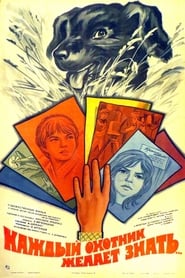 A young boy tries to earn...
A young boy tries to earn...Every Hunter Wants To Know 1985
A young boy tries to earn some money by "renting" his dog to the film studio.
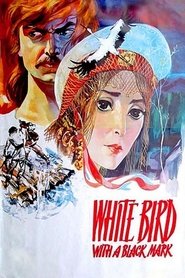 A family struggles to survive in...
A family struggles to survive in...The White Bird Marked with Black 1972
A family struggles to survive in an area that was claimed as part of Rumania, Poland and the Ukraine, all within a short span of time. When World War II comes, various family members choose different masters; some even choose to work for the Soviets. War, struggle, marriages, births, deaths--all these events punctuate the story of this large family.
 Petro is a modest farmhand living...
Petro is a modest farmhand living...The Eve of Ivan Kupalo 1968
Petro is a modest farmhand living in an impoverished village in some unspecified long-ago era. He wants to marry the lovely Pidorka, but her stern father won't hear of it. The mischievous demon Basavriuk, offers a deal, enticing Petro into crime for the sake of fortune. Based on Nikolai Gogol’s short story “The Eve of Ivan Kupala” (“St John’s Eve”) and Ukrainian folk tales.
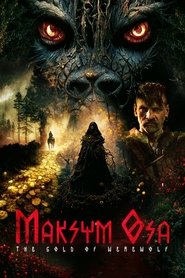 Ukraine 1636 Someone has attacked a battalion...
Ukraine 1636 Someone has attacked a battalion... The hero experiences an addiction which...
The hero experiences an addiction which...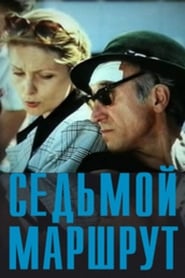 The film takes place in Kyiv...
The film takes place in Kyiv...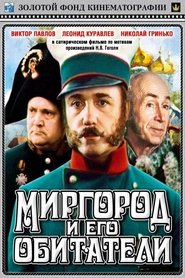 Based on the works of Nikolai...
Based on the works of Nikolai...

